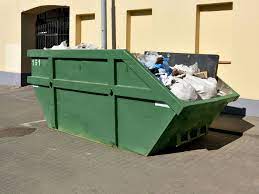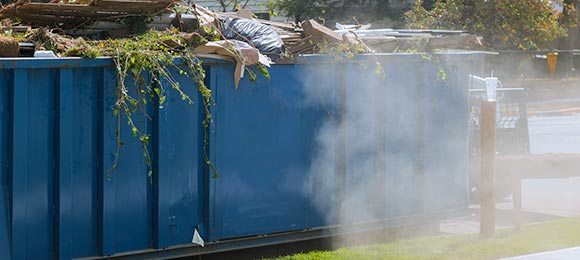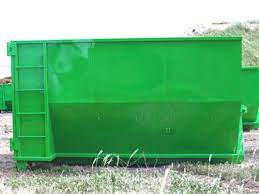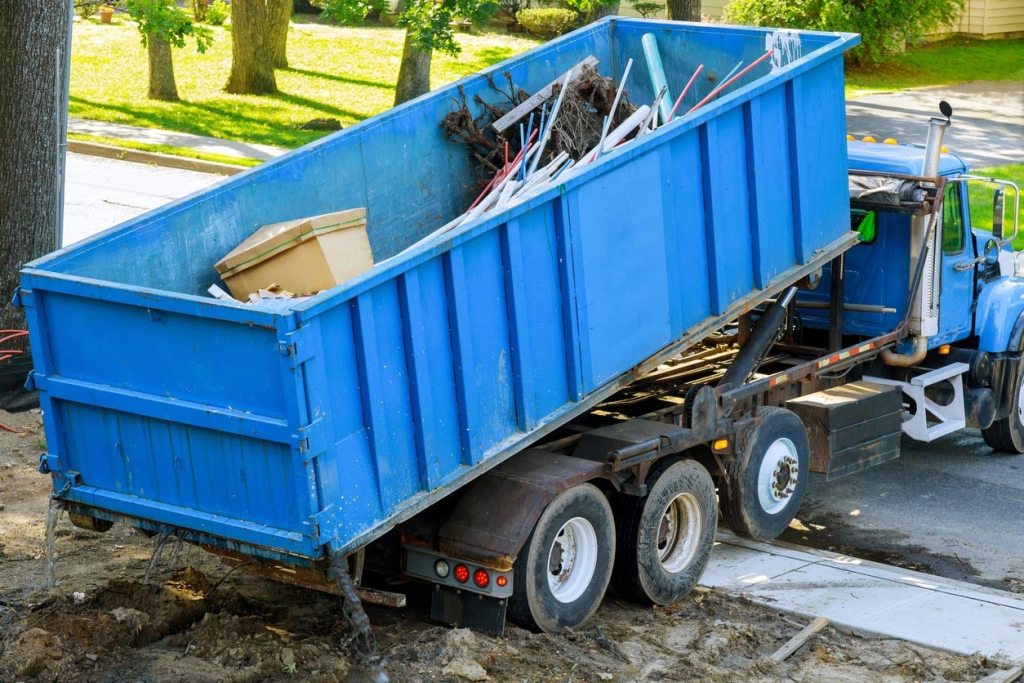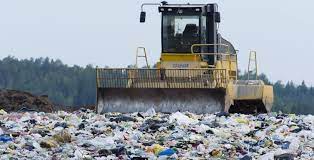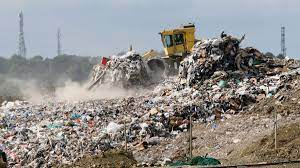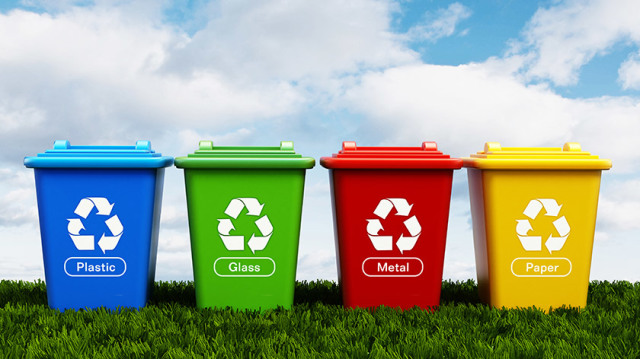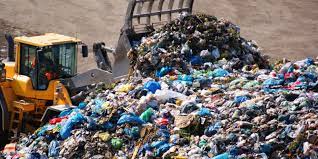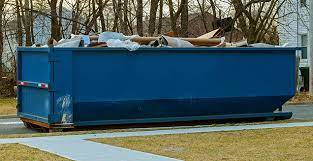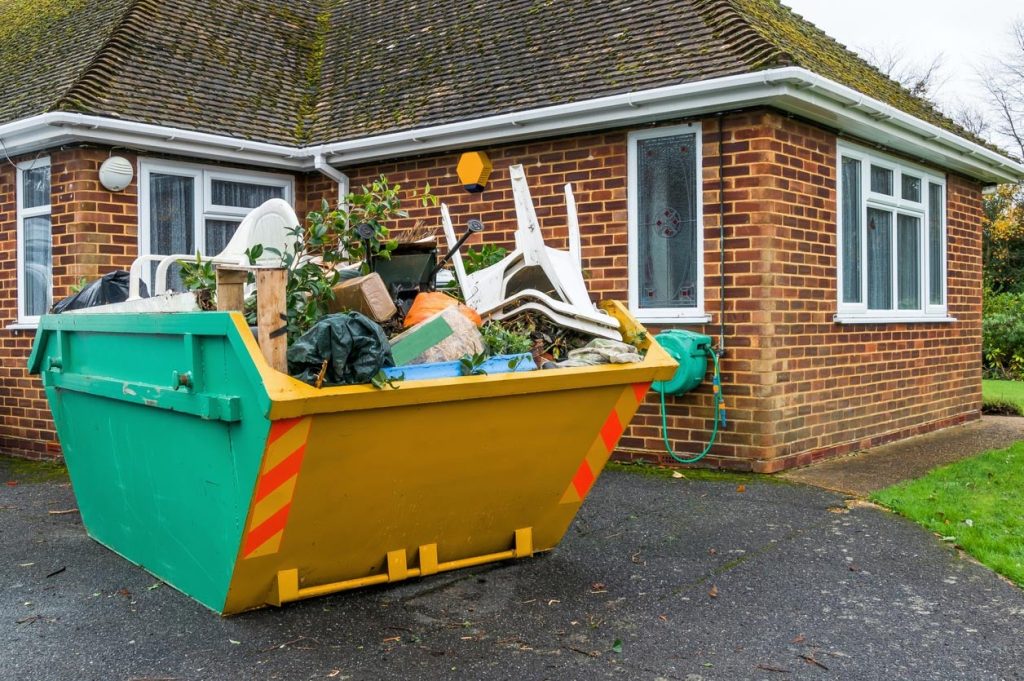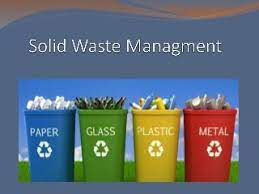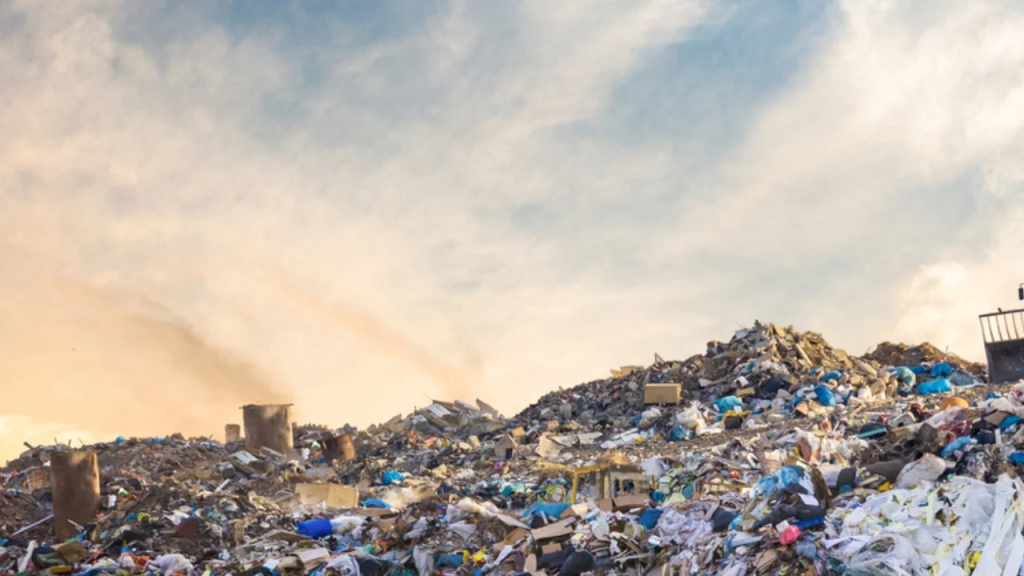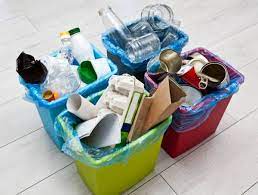Recycling In Us
In the United States, only one recycling system is in use. This process involves combining recyclables of all kinds into a single container, which is then separated and cleaned at recycling facilities.
Customers that are making an effort to reduce their garbage output and protect the environment frequently go above and beyond what is necessary.
To put it plainly, the United States is lagging behind. However, at the moment, we are only recycling or composting slightly more than 34% of the solid waste in the United States, despite the Environmental Protection Agency’s (EPA) estimation that 75% of it can be done thus.
The rate that is currently attained is 32% more than the rate that was attained in 1960, which was less than 7%. According to EPA studies, the recycling and reuse sectors in the US economy support 681,000 employment and pay 37.8 billion dollars in wages annually.
There Is A Percent Recycling Rate In The United States
We only recycle about 30% of the trash streams in the United States, even though the EPA estimates that it contains about 75% recyclable materials. We discard over 21.5 million tons of food annually.
If we compost that food, the amount of greenhouse gas that would be reduced would be the same as taking 2 million cars off the road.
Exactly What Is Recycled During This Procedure
Only 94.2 million tonnes of the 267.8 million tonnes of municipal solid waste that Americans produced in 2017 were, according to the Environmental Protection Agency (EPA), recycled or composted.
Throwaway paper and cardboard were recycled at a rate of 66%, glass was recycled at a rate of 27%, and plastics were recycled at a rate of 8%.
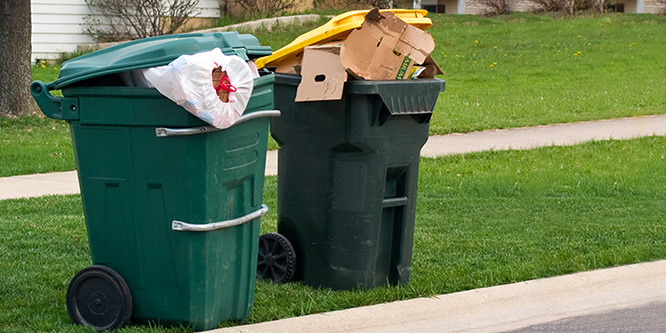
Glass and metal can be recycled indefinitely, paper can be recycled five to seven times before it becomes too degraded to be made into “new” paper, but plastic can only be recycled one or two times before the polymers are too broken down to be made into “new” plastic.
Plastic can also never be recycled into food containers because the polymers break down during the recycling process.
Customers now find it easier to undertake reuse because of single-stream recycling, which requires all recyclables to go into the same bin. However, this method also leads to about one-quarter of the materials becoming contaminated.
The biggest problem with recycling is plastic since it can occasionally be contaminated with other materials. Manufacturers of consumer goods are reluctant to buy recyclable materials unless they are certain that they will be as pure as virgin plastic.
Despite the fact that companies who manufacture and sell plastics advocate recycling as a way to combat plastic waste, six times as much waste plastic is burnt as it is recycled
The CEO of Recology, a company that collects and processes municipal solid waste, claimed in an opinion piece that “the simple fact is, there is just too much plastic and too Many variants of plastic products are being produced, but there are very few if any end markets that are profitable for this material.
Additionally, virgin plastic is currently more economical than recovered plastic due to the abundance of natural gas and the boom in petrochemical production that has resulted in the United States.


